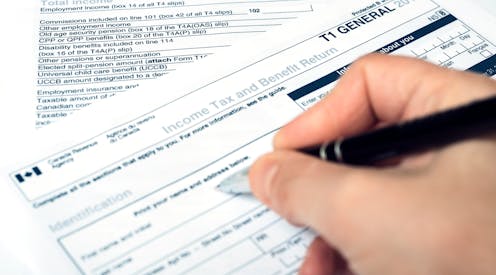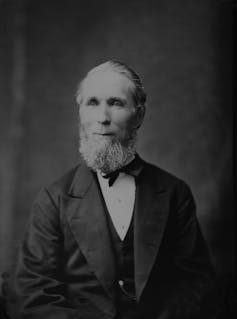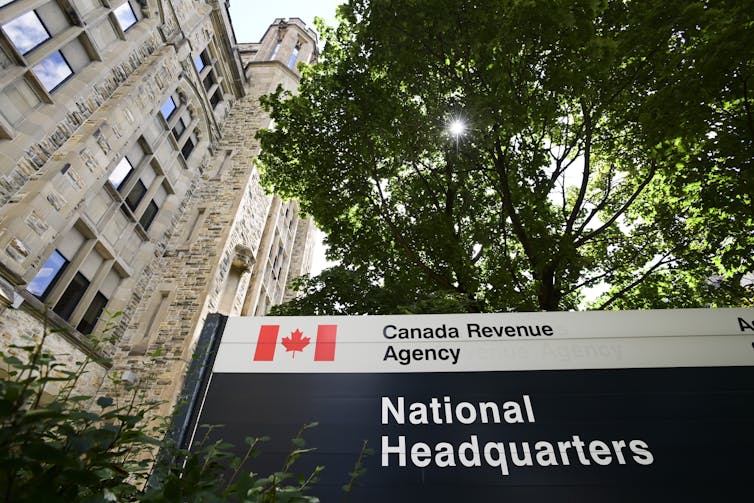
There is a common misconception among Canadians that Indigenous people do not pay any taxes. It perpetuates harmful stereotypes and hinders non-Indigenous Canadians from reconciling with the truths of Canada’s colonial history and present.
In reality, Indigenous Peoples are subject to the same tax rules as any other Canadian, unless they are eligible for tax exemption under Section 87 of the Indian Act. However, there is still considerable misunderstanding about how this exemption is applied.
The term “Indian” is an outdated, pejorative term that is no longer used to refer to Indigenous people in Canada, but it is the legal term used under the Indian Act to designate persons and “bands” to which the Act applies, which is why we are using it here.
The Indian Act
The Indian Act is an evolving piece of colonial legislation that has continually governed the affairs of Indigenous Peoples since before Confederation. In 1867, the federal government assumed full jurisdiction over “Indians and lands reserved for Indians” under subsection 91(24) of the Constitution Act.

The first consolidation of the Indian Act was passed by Alexander Mackenzie’s Liberal government in 1876. The legislation was designed to “civilize” Indigenous peoples through “enfranchisement.”
This was accomplished by controlling the registration of “status Indians,” which encouraged the renouncement of status by Indigenous people.
Even though the legal term “Indian” is supposed to apply to all Indigenous Peoples in Canada, the term “Indian” in the Indian Act has been applied by administrative bodies and courts to exclude not only Métis and Inuit peoples, but many other Indigenous peoples as well.
The tax exemption
The taxation exemption is housed in paragraph 87(1)(b) of the Indian Act. It exempts “the personal property of an Indian or a band situated on a reserve.”
This provision has been interpreted to mean the income of someone registered, or eligible to be registered, as a status Indian will be exempt if that income is located on a reserve. However, because income is not tangible personal property, the courts have criteria for determining whether a status Indian’s income can be said to be located on reserve.
Since not all Indigenous people are Indians under the Indian Act, and because not all Indians earn income that could be said to be located on reserve, the exemption is very narrow.
The statistics don’t lie
While a status Indian doesn’t need to live on reserve to be subject to the exemption, it’s easier for them to get the exemption if they do. As of 2016, there were 1.7 million First Nations, Inuit and Métis people living in Canada, 745,000 of which were “status” or “registered Indians.”
Of that number, 44 per cent lived on reserve and about 200,000 were of working age (between the ages of 14 and 65). Of the working population, about 75,000 earned under $10,000 in annual income or less, meaning they would not have paid tax, regardless of their identity or place of residence.

This left around 130,000 people — just eight per cent of Canada’s Indigenous population — who could potentially qualify for the Section 87 exemption. However, this number is likely lower because status Indians only qualify for the exemption if their income is connected to a reserve.
This doesn’t just require a status Indian’s employer to be located on reserve, but also that the connection be supported by a real relationship and be more than a head office or place to pick up cheques.
While it is possible for a status Indian who resides off-reserve to claim the tax exemption, it’s more difficult for them to satisfy the necessary criteria. Courts must determine how much of a status Indian’s income is connected to a reserve by looking at several factors, including:
- Where a status Indian lives.
- Where a status Indian’s employer residence is.
- Whether an employer is a status Indian or a business is owned by a status Indian or Indian band.
- If the activities performed on a reserve contribute to the reserve’s income.
Self-determination and taxes
To date, Indigenous people have not been provided the taxation and spending authority consistent with self-government. This means Indigenous people have not received the same level of services that non-Indigenous Canadians enjoy.
Even though nearly all Indigenous people in Canada pay tax on their income, Canadian governments have not spent nearly as much on services for them. A study from 2008 found that Canadian governments spend about $15,000 per person on non-Indigenous Canadians, compared to the $9,000 it spends on Indigenous people.
Since the majority of Indigenous people in Canada pay tax to the federal and provincial governments, this deficit of received services is not on par with the fiscal burden of taxes they bear, in addition to the historical weight of poverty wrought by the dispossession of their lands and resources by colonial governments.
Instead of questioning whether or not Indigenous people pay taxes, a more important question non-Indigenous Canadians should ask is whether Canada can make good on treaty promises or legal overtures to make room for Indigenous governments to assume authority over their own taxes.
In recent years, there has been movement in this direction by the federal government. And as Canada has committed to aligning Canadian law with the UN Declaration on the Rights of Indigenous Peoples, there is good reason to hope that the way the colonization of Indigenous peoples has financed Canadian prosperity can finally be brought into the open.
If Canadians wish to take reconciliation and the self-determination of Indigenous Peoples seriously, it is time to stop allowing mythologies of “who pays for Canada” to be laid at the door of Indigenous Peoples.
Iain Thomas, a member of the Snuneymuxw First Nation and recent Juris Doctor graduate from the University of Victoria’s Faculty of Law, co-authored this article.
Bradley Bryan does not work for, consult, own shares in or receive funding from any company or organization that would benefit from this article, and has disclosed no relevant affiliations beyond their academic appointment.
This article was originally published on The Conversation. Read the original article.







